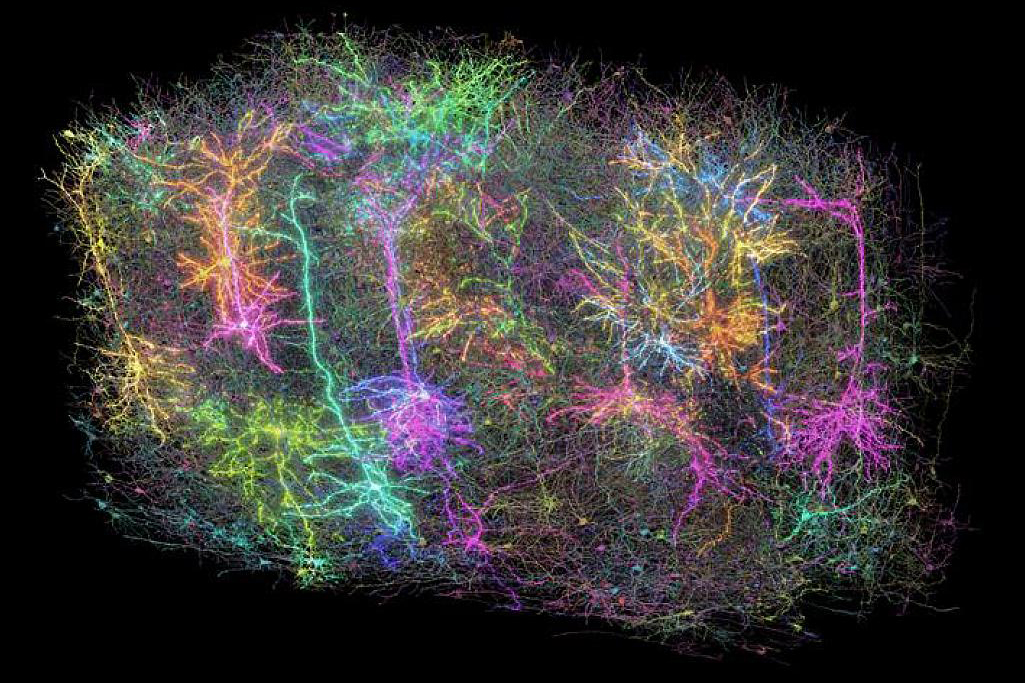New Insights into Microglia Aging: Implications for Cognitive Decline
Recent research on the aging of microgliaimmune cells in the brainreveals significant insights into how these cells evolve over time and their role in age-related cognitive decline. The study emphasizes that microglia aging in the hippocampus occurs through a series of intermediate states that precede inflammatory activation, which has notable functional implications for cognitive health as individuals age. These intermediate states include the activation of stress response mechanisms and TGF signaling pathways, which serve as important modulators of further age-related activation.
Microglia exhibit spatiotemporal differences in how they progress along aging trajectories throughout the hippocampus. Importantly, this progression is influenced not only by the intrinsic properties of the microglia themselves but also by external factors such as systemic environments and the presence of neurodegenerative conditions. This multifaceted interaction suggests that microglial aging may be more complex than previously understood.
The researchers conducted a detailed analysis using single-cell RNA sequencing (scRNA-Seq) to uncover previously hidden yet essential intermediate states in the progression of microglia toward age-related inflammatory activation. These states were notably observed in middle-aged mice and are associated with stress response pathways that respond to both internal and external cellular insults, as reported in earlier studies (Wek, 2018; Lpez-Otn et al., 2013).
Pseudotime analysis, which helps map the likely sequence of molecular changes, indicated that mitochondrial dysfunction is a key trigger for initiating a stress response in microglia. This stress response produces molecules such as TGFB1, which attempts to restore microglia to a balanced state (homeostasis). However, persistent activation of the stress response can lead to increased translational capacity, ultimately promoting inflammatory activation (Xu et al., 2020). Interestingly, another activation pathway for microglia appears to operate independently of increased translational capacity, suggesting that the relationship between microglial function and translational processes is nuanced and complex.
The study also highlighted that increases in translational capacity could serve as early indicators of age-related inflammatory changes in microglia, opening new avenues for potential therapeutic targets aimed at mitigating microglial aging. Moreover, the analysis of scRNA-Seq data revealed that even in young adult heterochronic parabionts, intermediate states of microglial aging were prominent, underscoring the significant influence of an aged systemic environment on advancing toward inflammatory activation.
Despite discovering evidence of preliminary inflammatory activation within the hippocampus by the age of 12 months, consistent with recent reports of similar findings throughout the whole brain (Li et al., 2023), scRNA-Seq analyses of the whole brain did not reveal intermediate stages of microglial aging. This discrepancy might stem from the assessment of multiple brain regions that exhibit distinct transcriptional programs, which can obscure the specific aging trajectories within individual areas (Grabert et al., 2016). The findings reinforce the essential need for both temporal and regional specificity in aging research, given the observable cellular heterogeneity across different ages and brain regions.
In the hippocampus, it appears that the local microenvironment significantly dictates the genesis of microglial aging. Variations in cellular function and composition across different hippocampal subregions, even when closely situated, can lead to divergent outcomes for microglia in terms of age-related changes and responses to an aged systemic environment. The accumulation of activated microglia across various hippocampal subregions begins at 12 months of age, indicating that age-associated alterations in microglia are detectable as early as middle age. This observation suggests that methods to investigate microglia and other cell types at these initial aging stages could provide valuable insights into the aging process without the interference of accumulated functional deficits.
Interestingly, the study identified that the inflammatory trajectory of microglia aging could be lessened in laboratory settings through the influence of TGF signaling, while a deficiency in microglia-derived TGFB1 accelerated progression along the inflammatory aging pathway in living organisms. Collectively, these results suggest that TGF signaling is critical for maintaining a youthful state of homeostasis in microglia and plays a role in modulating the advancement along aging-related inflammatory pathways.
Furthermore, the findings suggest that the loss of microglia-derived TGFB1 leads to cognitive impairments that manifest in an age-dependent manner, implying that the progression along aging trajectories may contribute to age-related cognitive decline. Notably, a temporary increase in Tgfb1 expression was observed in middle-aged microglia, raising the possibility that sustaining stress response-mediated signaling into older ages could help delay microglial dysfunction and preserve cognitive functions. Conversely, TGF signaling has been indicated to hinder microglial responses to Alzheimer's disease pathology (Yin et al., 2023), suggesting that the dynamic regulation of TGF signaling in response to age-related conditions is vital for modulating microglial activity.
While microglia are known to be integral in establishing cognitive functions during development (Salter and Beggs, 2014) and play critical roles in neurodegenerative processes (Sarlus and Heneka, 2017), there remains a knowledge gap regarding how age-related transformations in microglia influence cognitive functions. The specific cognitive deficits observed in Tgfb1 Het and Tgfb1 cKO mice indicate that the age-related changes in microglia-derived TGFB1 primarily affect hippocampal-dependent cognitive decline. Additionally, the cognitive deficits in Tgfb1 heterozygous mice illustrate the necessity of maintaining youthful levels of microglia-derived TGFB1 to combat the stressors that accumulate over time.
In conclusion, this study underscores the importance of examining aging across the lifespan with a focus on region-specific mechanisms to uncover the crucial cellular intermediates involved in the aging process. While the current research hones in on microglial aging, its implications extend to broader studies aimed at understanding how aging effects might be conserved across various cell types within the hippocampus. Moreover, therapeutic strategies that target these intermediate states in the aging process could hold significant promise in counteracting the emergence of age-related pathologies, particularly those associated with cognitive dysfunction.
















